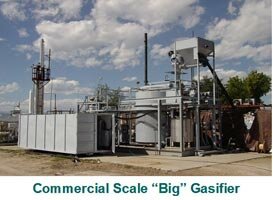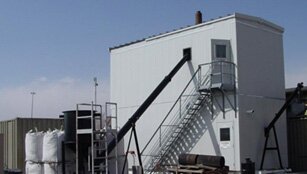Because of its breakthroughs in scope and economics, it makes it economically feasible to remediate many different environmental negatives. Problems that were previously difficult or expensive to handle, or both, are now much easier and often profitable to handle. Materials like plastics, diapers and paper can easily be converted to high value products like electric power or ethanol at costs that are more than competitive in today's markets.

Through its ability to take any kind of carbonaceous material, especially low or negative value materials, and convert them to higher value energy products, BCT technology in effect rewrites the definition of biomass to include materials that previously were viewed as pollutants and nuisances. Its unprecedented efficiency makes it possible to take the most problematic of materials and design projects with truly compelling economic return. It literally invents the "New Oil."
BCT technology makes it possible to do a wide variety of projects that couldn't be done any other way, either because of the economics or the environmental sensitivity. The following examples are illustrative and not exhaustive:

- A Canadian Power Company will utilize the BCT to generate power from wood waste in remote areas where line losses make distributed electric power unreliable and expensive.
- The United States Forest Service is interested in using a portable version of the BCT to convert "forest slash" to clean fuels while thinning the forests to reduce destructive forest fires
- The United States Department of Defense is interested in a transportable system to be deployed to Iraq and Afghanistan to process the waste generated by the armed forces into clean energy
- Because of the ban on burning rice straw after a harvest, a Rice Growers Cooperative plans to use the BCT to generate ethanol from the rice straw
There are many, many more projects and uses for this technology in addition to the few listed above. For more information please visit our information page where you can download much more material. You can also contact us directly.
|


